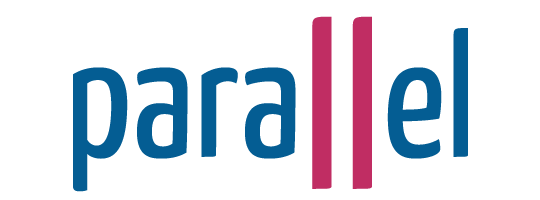Minimizing Organizational Risk

August 2022
One of the important tasks of an agency’s leadership is assessing areas of risk and implementing processes to limit risk to a tolerable level.
This has been most successfully done in the area of finance. Examples of steps to limit risk are:
1. Bonding employees who manage money
2. Having a different staff for receiving funds from depositing or expending funds
3. Using a standard accounting program
4. Having an annual audit and addressing audit exceptions
In the area of client management, especially in group care and foster care settings, agencies limit risk by;
1. Establish in policies regarding physical restraint (the national trend is to prohibit its use)
2. Adopting a nationally recognized program of behavior management, example: Cornel’s Therapeutic Crisis Intervention (TCI)
3. Train all staff who have client contact in the model before they work with clients
4. Have policy and procedures that require all staff to use the chosen program
5. Annually retrain in the model
I will use TCI as an example:
The five steps of therapeutic crisis intervention are:
- Step One – Define the Problem. (behavior) In this phase, we help others figure out what the problem is that we are trying to solve. ...
- Step Two – Ensure Safety. ...
- Step Three – Provide Support. ...
- Step Four – Examine Alternatives. ...
- Step Five – Make a Plan. ...
- Step Six – Obtain Commitment.
In the area of personnel management, you also want to limit risk and thus limit lawsuits for discrimination and wrongful termination that are occurring on an increasing basis. You also want personnel management practices that limit turn-over or increase staff retention.
We want to do the same actions as we do with finance or client management:
1. Establish a supervision practice model and procedures for addressing employee problems
2. Train all employees in one supervision practice model
3. Require all supervisors to use that model in supervision
4. Annually retrain in that model
We want a model of supervision to use with staff that models the process we want staff to use with clients:
1. Identify the program behavior
2. Create safety (make it clear the intent is not to harm or punish but help)
3. Provide support: Provide knowledge, skills, tools and clear definitions of what success is behaviorally
4. Ask what needs to occur to be successful (the employee needs to own the solution)
5. Make a plan (and document)
6. It must be a mutually agreed plan (both sign the agree to the plan)
This is called parallel practice. Whatever we want staff to do with clients we want management to do with staff in parallel practice. In that way staff can experience the process we then ask them to do with clients. And we limit risk.
Nonprofits have done a great job of limiting fiscal risk. Though I must tell you that I hear of CEOs and CFOs being fired regularly for fiscal mismanagement. That is the indicator that the necessary fiscal oversight of the Board of Directors is not adequate and needs to be looked at the Board level with outside consultation not by the CEO or CFO.
Nonprofits doing out-of-home care have done a good job of starting to put in behavior management system in place with staff and foster parents but there is a tendency to not maintain it.
In the area of supervision, few Nonprofits have done the parallel work necessary to limit their risk. Five questions to assess this area:
1. Does your agency have a frequency of supervision policy that allows for recognition of successful employees rather that everyone gets the same amount of supervision always (bad practice)?
2. Has your agency adopted a supervision practice model that focuses on employee empowerment and success?
3. Does your agency train all supervisors in that model when hired and do annual retraining?
4. Does your agency have policies, procedures, job descriptions and employee handbooks that all support a supervision practice model that focuses on employee empowerment and success?
5. Is your agency turnover of line staff/ foster parents higher than you want it to be?
If you answered yes to any one of these questions, then it’s time for your agency to address this risk. Supervision for Success is a practice model that addresses all requirements and is easy to teach (3 days or 10 zoom classes) and then you can train inhouse trainers in one additional day (not available on zoom).
If you want to limit your risk in the area of personnel email me at [email protected]m or call me at 760.333.9056.
LEADING FROM OUTSIDE THE BOX is a monthly newsletter for human services leaders.
Its purpose is to challenge your thinking and help you improve organizational and outcome performance.
To receive your copy free, simply email Jeff Bormaster and ask to be added to the mailing list. Feel free to share these newsletters with other human services leaders, simply include the contact information.
You can read previous issues of Leading Outside the Box at www.jeffbormasterconsulting.com/topics










